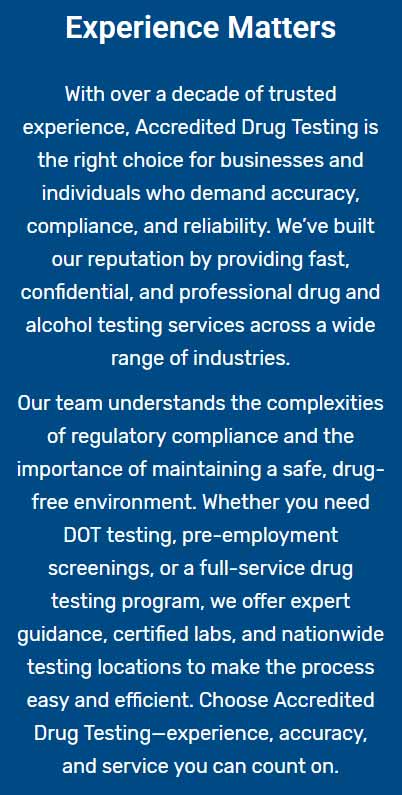What it is, How it works
Hair analysis has emerged as a potent method for detecting drug and alcohol consumption. Hair traps biomarkers within the fibers of the developing strand, offering a comprehensive history of substance use. When collected near the scalp, it can provide a detection period of up to about three months for alcohol and drugs. Hair collection is straightforward, hard to tamper with, and simple to transport.
A segment of 1.5 inches consisting of roughly 200 hair strands (similar in size to a #2 pencil) near the scalp yields 100mg, which is perfect for screening and confirmation. For EtG enhancements or tests exceeding 10 panels, 150mg of hair is advisable. We suggest using a jeweler’s scale for weighing. If scalp hair isn't available, a similar volume of body hair can be used. When mentioning head hair, it pertains solely to scalp hair, whereas body hair includes all other types (facial, axillary, etc.).
Process Overview
The laboratory handling of a drug test result includes four primary stages: Accessioning, Screening, Extraction, and Confirmation.
Accessioning involves the sample's initial processing into a lab’s system, ensuring proper sealing and shipping, assigning a unique LAN (Laboratory Accessioning Number), and completing any extra data entry not covered by an electronic chain of custody.
Screening offers an initial rapid check for drug substances. Although Screening is economical for negating drug presence in most cases, court validity demands confirmation of a positive result. Samples that show positive in Screening require a succeeding confirmation.
In the Screening phase, if a sample shows presumptive positivity, additional hair is extracted from the original sample for the Extraction phase. Here, drugs are extracted at significantly lower concentrations compared to alternative methods (e.g., urine or oral fluid), which makes hair drug screening particularly intricate.
Confirmation follows any positive screening result and is carried out using GC/MS, GC/MS/MS, or LC/MS/MS. All presumptive positive samples undergo washing prior to confirmation as necessary. The entire laboratory process, from Accessioning to Confirmation, is assessed under the CAP (College of American Pathologists) Hair certification and compliance with ISO / IEC 17025 standards.
Benefits of hair drug testing:
- Extended detection period: Hair tests can identify drug consumption for up to 90 days unlike urine tests which provide a shorter timeframe.
- Hard to deceive: Cheating a hair test is extremely challenging, enhancing result accuracy.
- Delivers usage history: It reveals a usage pattern over time, not merely recent consumption.
Drawbacks:
- Inability to identify recent use: Drugs typically become detectable in hair after 5-7 days.
- Expense: Hair tests are generally costlier compared to other drug testing approaches.
- Result variations: Variables such as hair color and individual growth rates can influence drug metabolite concentration in hair samples.
Note: These are often called "hair follicle tests", but the test actually examines the strand and not the follicle under the scalp




